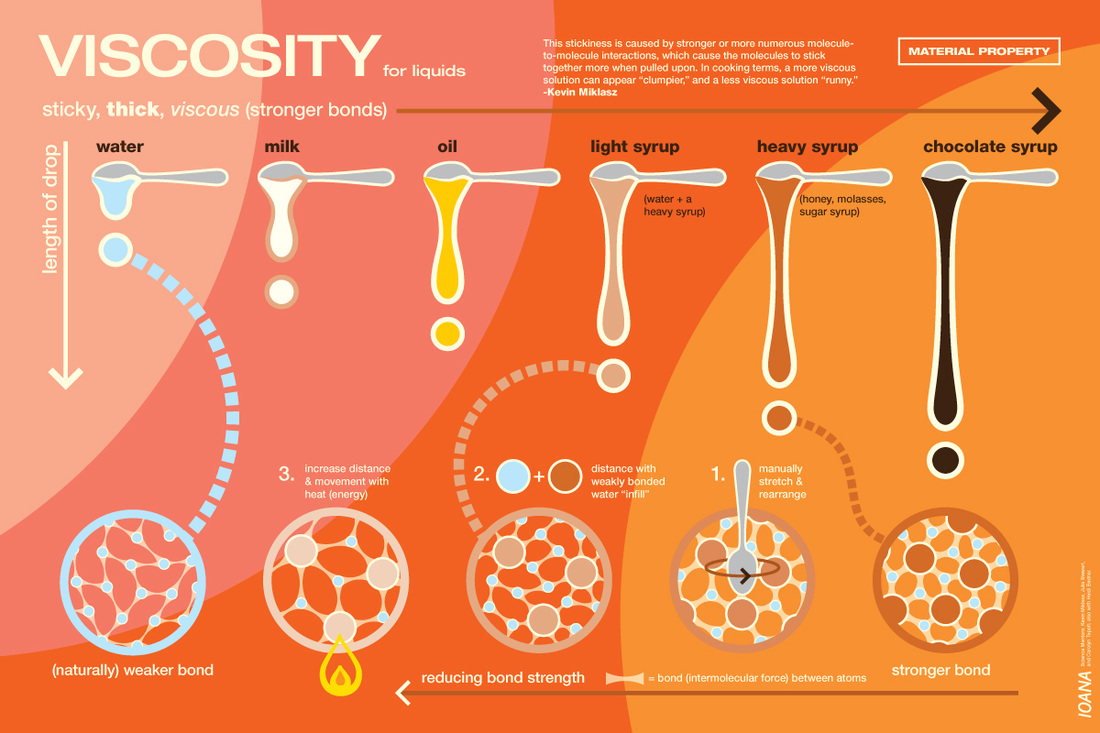

Within certain limits, a proportional relationship can be seen: In this general case, the difference in velocity Δv of the two plates determines the force F. Theoretically, in addition to the upper plate, the lower plate could also move at a certain speed. Figure: Influence of velocity on the displacement of the individual fluid layersīinding forces within a substance are called cohesion, while binding forces between two different substances are called adhesion! The higher the speed of the upper plate, the more the fluid layers must obviously be shifted against each other per time unit and the higher the force required for this is. At the downside plate thus the speed of fluid layer is zero and increases linear up to speed of the upper plate. Not only within the fluid act forces (cohesion), but also between fluid and wall (adhesion). Animation: Definition of dynamic viscosity Influence of speed Such a flow between two surfaces moving relative to each other is also called Couette flow. The variables influencing this force are explained below. This requires a more or less strong force depending on the viscosity.

When the upper plate is moved, the fluid layers must be sheared off against each other. The lower plate is fixed and the upper plate is movable. For this purpose, the fluid is thought to be enclosed between two horizontal plates. Viscosity can thus be defined by the force required to move these imaginary fluid layers against each other. The viscosity is a measure of the strength of adhesion between the fluid layers! Figure: Influence of the surface area on the shear force The viscosity can therefore be formulated more precisely: For this reason, each layer prevents the adjacent fluid layer from flowing. The viscosity is therefore often referred to as internal friction. These attractive forces act like frictional forces, which are one of the reasons for the viscous behavior of the fluid. Due to the intermolecular forces of attraction of the molecules, these layers adhere to each other. One can imagine the fluid for this purpose as being composed of many small layers. How can viscosity be described mathematically? First of all, it makes sense to think about what the actual cause of viscosity is. Viscosity is a measure of the internal flow resistance of a fluid! Derivation of viscosity Such viscous substances such as liquids and gases are also generally referred to as fluids (lat. With gases the viscosity is however less pronounced. Not only liquids show a viscous behavior, but also gases. honey) Animation: Flow behavior of a low viscous fluid (e.g. Figure: Flow behavior of a low viscous fluid (e.g. This characteristic of the flow resistance is called viscosity in the technical language. Honey shows so to speak a high flow resistance, is thus less flowable. If one pours these substances for example on an inclined plane, then honey flows clearly more slowly than water. If one looks at the flow behavior of water in comparison to honey, large differences are noticeable.


 0 kommentar(er)
0 kommentar(er)
